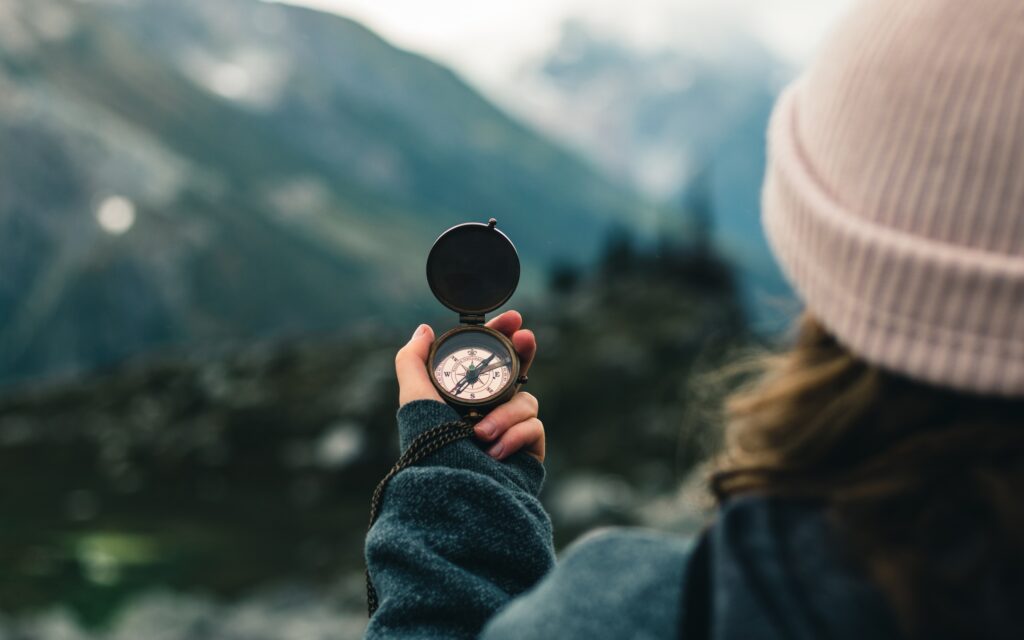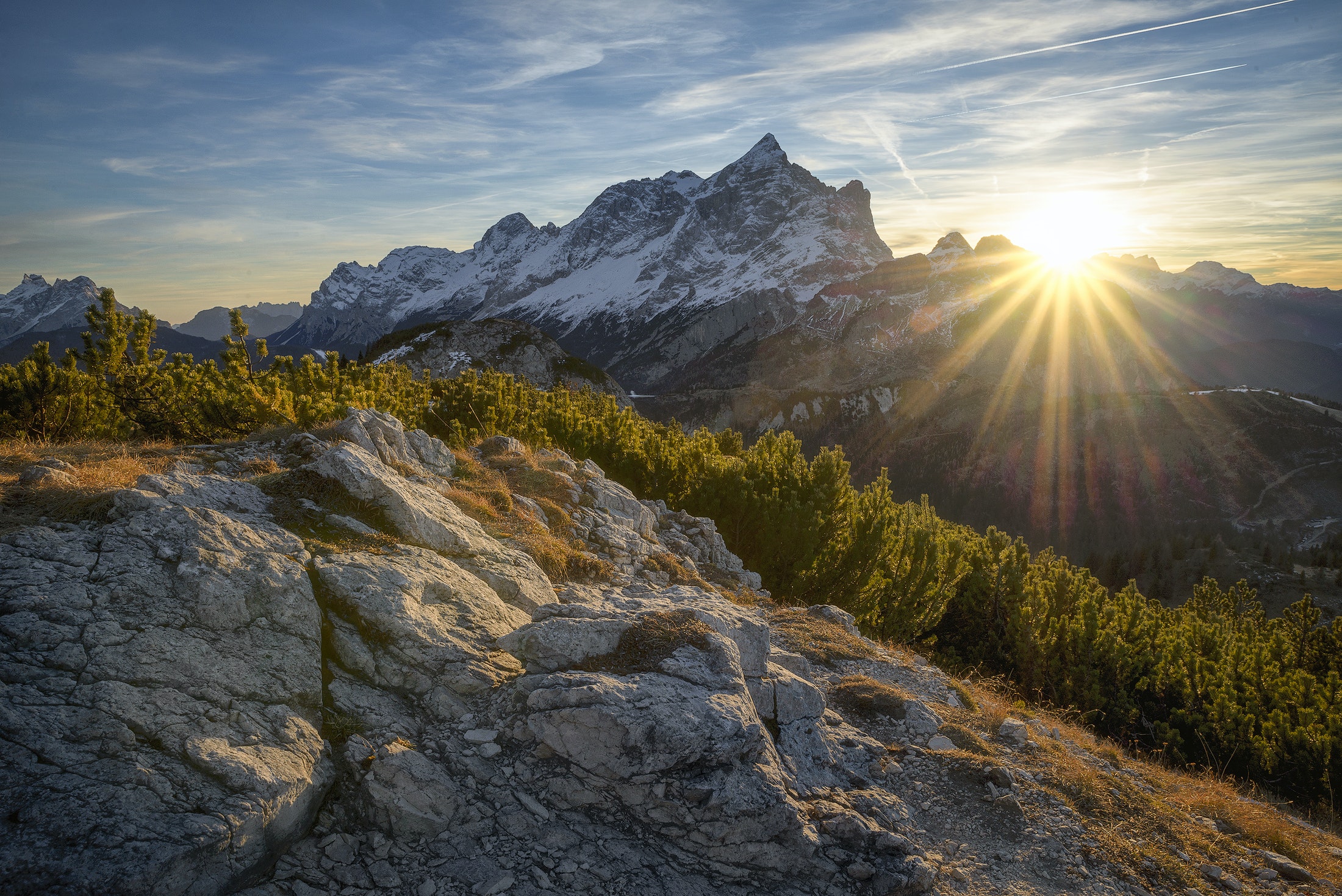by MARSHALL BONE
There are few experiences that can compare with a trek through the wilderness. It’s the perfect opportunity to go off the grid and collect your thoughts.
But you can’t ignore the risks involved when you head out into the wild. As refreshing as it can be to spend some time by yourself, that tranquility can quickly turn into panic if you find yourself lost in the woods.
Fortunately, you don’t need to be an expert on wilderness survival to avoid losing your sense of direction out in nature. Here are some tips that will prevent you from losing your sense of direction in the woods.
1. Study a Map of your Trek in Advance
Imagine you’re about to go out on a hunting trip in the wild. You’ve packed your trusty custom rifle and other hunting gear. You’re eager to head out.
If you ever find yourself in this situation, slow down for a second. Before leaving, always be sure to closely study a map of the area where you’re planning to hunt. As you’re looking over the map, pay attention to landmarks, including streams and roadways. Better yet, if you have a topographical map, make sure you take note of any hills and mountains. If you find yourself lost during the hunt, these areas can serve as easy ways to reorient yourself.
2. Keep Others in the Loop
You’re unlikely to have a phone signal out in the wild. Make sure someone who does knows where you are.
After you’ve studied a map of your hike and have charted your route, share your plans with your family members. Let them know how many miles you’re planning to hike and when you’re planning to be home. While there is obviously some wiggle room in when you’ll actually return, the person you kept in the loop should feel comfortable calling local authorities if they haven’t heard from you in an unusually long time.
3. Bring Along a Compass
 It’s simple technology, but a compass can be a lifesaver if you find yourself lost in the woods.
It’s simple technology, but a compass can be a lifesaver if you find yourself lost in the woods.
For hundreds of years, people have viewed compasses as a key piece of wilderness survival equipment, and it’s easy to understand why. As long as you know the direction you’re traveling in, you aren’t completely lost.
But, as simple compasses are to use, they do require some preparation. While reviewing a map of the hike, look to see if it lists the magnetic declination, or the difference between true north and magnetic north. Use whatever instructions are provided with the compass to adjust your compass accordingly. Once you begin your trek, know the direction you’re headed in. Keep track of it throughout your hike so you can retrace your steps later.
4. Take Note of your Surroundings
While maps and compasses are useful navigation tools, there’s no substitute for nature’s own guideposts.
Carry a notebook and pen along with you as you hike. Throughout your hike, periodically take notes on details such as:
- The direction in which a stream is flowing
- Trees with unusual markings
- Open fields in between wooded patches
- Areas with clear signs of the presence of animals
Although it might sound silly, recording these natural markers can help you find your way back home if you find yourself lost. After a while, common sights in nature can become indistinguishable from one another — especially if you’re lost and panicking. But, if you take note of a tree that’s oddly shaped, or a foliage with unusual coloring, you’ll know you’re on the right path if you’re attempting to retrace your steps.
5. Use your Own Navigation System
You can never be too safe when you’re hiking out in the wild. Luckily, keeping yourself safe can at times be as simple as creating your own marking system.
Even if you’re mastered using a compass and map, there’s still a chance you can lose your way in the woods. As an extra layer of safety, you can bring along items to mark your path along the way. This can include:
- Colored pieces of cloth you tie onto tree branches along the way
- Chalk to mark a tree indicating you passed
- Stacks of rocks you put together
- Sticks tied together with twine
No matter what system you choose to use, make sure you clean up after yourself on your way out. The beauty of the wild is how untouched it is. You don’t want to ruin it for future adventurers like yourself.
Happy Trails
Don’t let the fear of getting lost stop you from taking a hike out in the wilderness. The experience of seeing areas of the woods few others have seen before is an exciting one. Take a few basic precautions and you’ll be in for a great time.
 Marshall Bone is a writer, copy strategist and all-around stylish guy who has been following trends in GQ for more than two decades. Voted best-dressed both his junior and senior year, Bone has continued this legacy and can be found covering various topics from men’s fashion to self care and grooming. He enjoys reading and is based in the greater Los Angeles area.
Marshall Bone is a writer, copy strategist and all-around stylish guy who has been following trends in GQ for more than two decades. Voted best-dressed both his junior and senior year, Bone has continued this legacy and can be found covering various topics from men’s fashion to self care and grooming. He enjoys reading and is based in the greater Los Angeles area.





